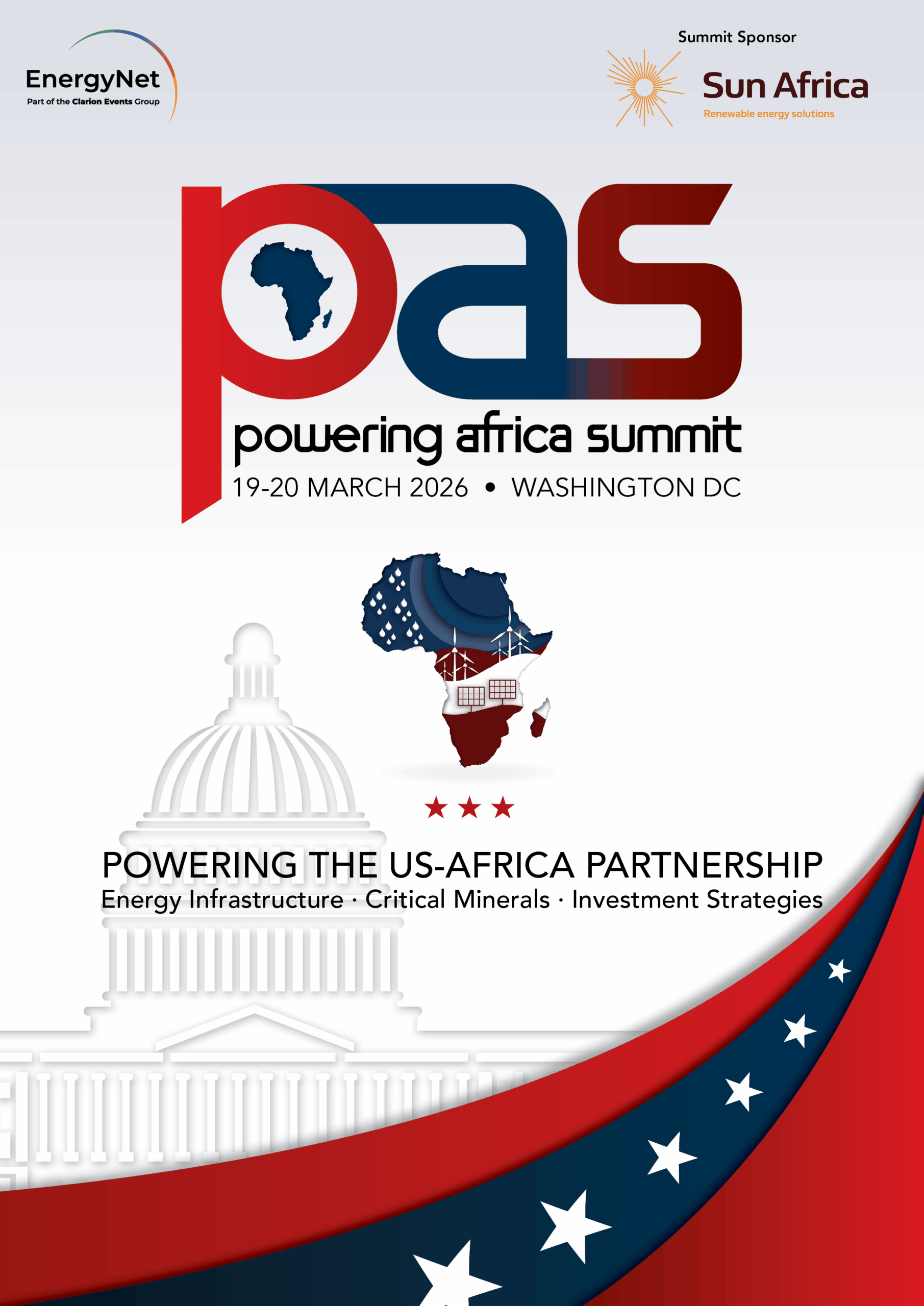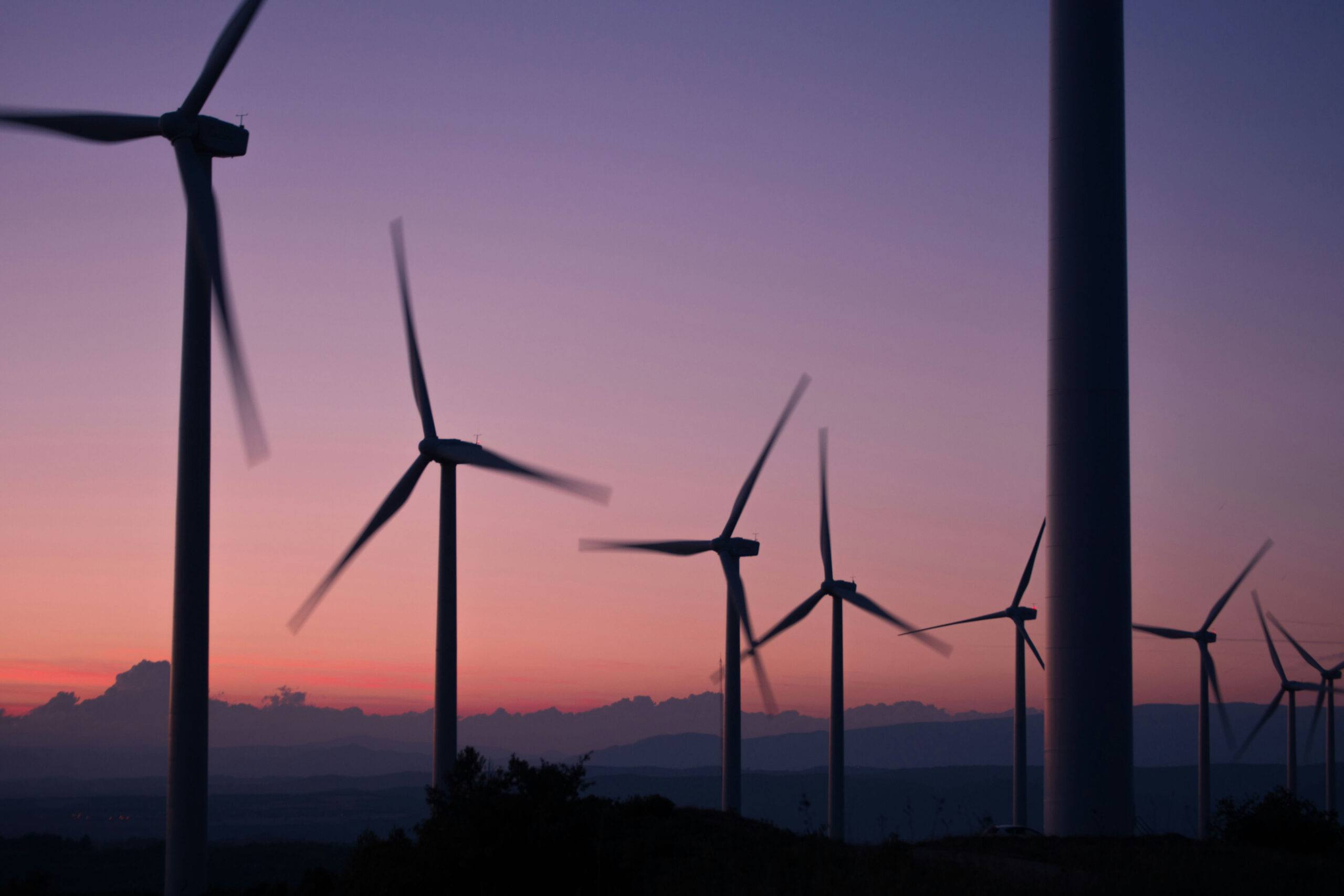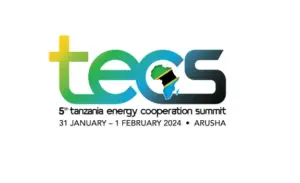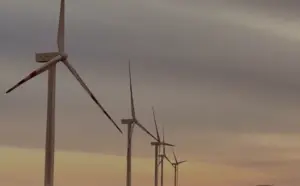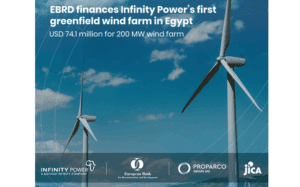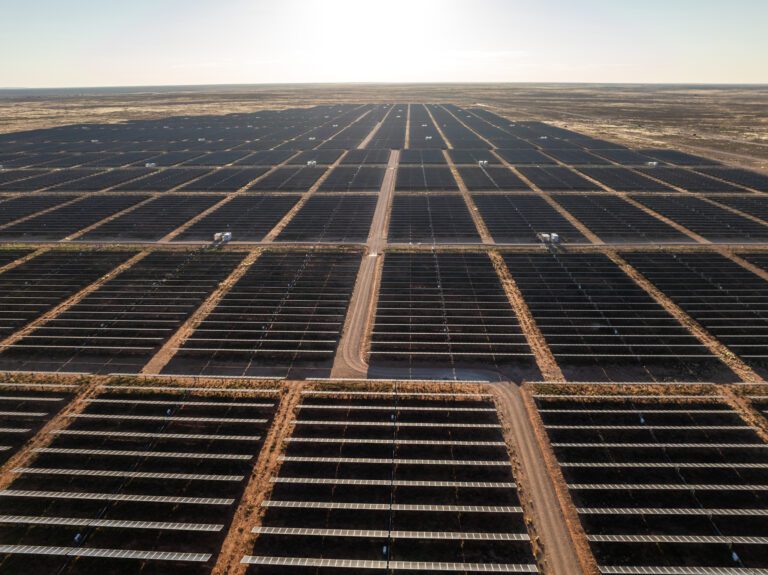
How South Africa is rewriting the rules on power supply
South Africa’s electric power network has long been plagued by blackouts and supply reductions, known as ‘load shedding’. But these disruptions are – finally – becoming a thing of the past
South Africans learnt the meaning of ‘load shedding’ the hard way. Chronic underinvestment in power generation and grid infrastructure has led to years of critical power shortages. These have ranged from managed supply-and-demand limitations to frequent widespread power cuts. The effects have ravaged the country’s economy.
“Electricity is really the lifeblood of modern economies,” says Jan Fourie, CEO of Mulilo, an independent renewable power producer based in Cape Town. “The ripple effects of energy uncertainty are felt across the economy, and it’s a key deterrent for both domestic and foreign investment, as investors seek more stable and predictable environments.”
So how has the country beaten the curse of power shortage – and what can others learn from it?
When the power runs out
In South Africa, power demand has outstripped capacity for at least two decades. The initial response from the monopoly power operator Eskom (responsible for South Africa’s power network for more than 100 years) was to introduce a programme of demand management and supply curtailment. Yet managing supply and demand is only a short-term solution.
“The day came when South Africans realised we’d massively underinvested in infrastructure and could end up with no power,” says Karel Cornelissen, CEO of NOA Group, another independent South African power producer. “South Africa eventually realised that we had to open up the market to bring more capital to the problem and to scale up solutions more efficiently.”
That market opening finally happened last year with the passage of the Electricity Regulation Amendment Act (ERAA). The Act is complex, redistributing responsibilities for power generation and transmission, and creating new responsibilities for managing the electricity market. Most importantly, the Act has allowed independent power providers to compete with Eskom’s legacy power plants under the supervision of the National Energy Regulator of South Africa (NERSA).
Renewables are starting to shine
As recently as 2022[1], coal still generated almost 71 per cent of South Africa’s electricity, and oil 20 per cent. Biofuels and waste provided a mere 3.1 per cent and wind and solar even less – but today the renewables sector is growing fast.
“I think it’s the most exciting time in electricity since the advent of Eskom,” says Fourie, adding that the advent of cost-effective, privately funded renewables to the South African power mix is already transforming power availability and affordability.
“Renewables were initially seen as an expensive nuisance,” he says. “But they’ve now emerged as a major driver of investment and job creation. Thanks to the declining costs of solar panels and wind turbines, it’s now the most cost-effective source of electricity generation per kilowatt hour.”
A bankable market
The combination of reform and renewables is beginning to attract large-scale investment into the South African power sector. “We’re not there yet,” says Cornelissen. “But at least there’s now an independent company responsible for the transmission network. They’re in the process of implementing a wholesale market very similar to how energy markets in Europe are working, and that’s scheduled to go live in April 2026.”
These changes have laid the groundwork for a bankable energy market in South Africa. That’s something other sub-Saharan countries could emulate – and some are already doing so. Ghana and Zambia[2] have already enacted reforms and Uganda expects to follow.
“Globally there’s a very high correlation between prosperity and energy availability,” says Cornelissen. “I think that should encourage everybody in African countries and beyond to make sure that whatever you do, don’t run out of energy. These are long-term decisions that run way beyond the tenure of any president. South Africa’s experience shows you need to build capacity, you need to build energy-planning capabilities, and you need to do all that well in advance.”
[1] https://www.iea.org/countries/south-africa
[2] https://www.dailymaverick.co.za/article/2025-04-16-sa-electricity-crisis-grid-threat-energy-security/#


